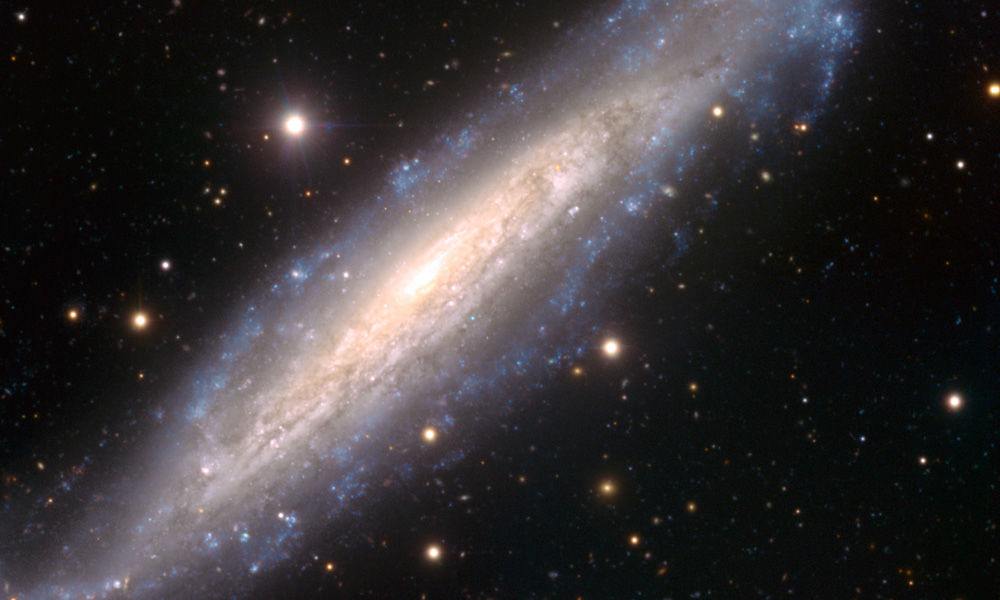This Malaysian scientist is behind a breaking cosmic discovery

Afterschool Team
January 10, 2017
Malaysian PhD student Ady Annuar’s just dropped a bombshell discovery in the field of astrophysics by digging out a blackhole from the dust.
Blackholes are some of the universe’s most elusive objects that cannot be observed directly and can only be detected via the study of behaviour of other celestial objects in the vicinity of these cosmic monsters. For a long time, these dense and complicated objects have been the cause of numerous speculations and hypotheses. No-one has ever observed them directly because they simply cannot be observed with visible light. These monsters have nearly infinite gravity that even light cannot escape.
In recent years, an international collaboration was established to construct a telescope with a suite of instruments that have the capabilities to pierce through colossal astronomical structures like galaxies to see the hidden world and bring the high-energy universe into focus. Dubbed NuStar (Nuclear Spectroscopic Telescope Array), the Caltech mission was launched in 2012and has collected some impressive amount of data.
On January 7th, the mission observed two gas-enshrouded supermassive black holes, located at the centres of nearby galaxies. These blackholes were hidden in plain sight, but they give themselves up to a telescope like NuStar because it can detect the high-energy X-ray emitted by these monsters when they feed on material that surrounds them.
This observation was made possible with the effort of a team of astrophysicist that includes a Malaysian PhD student by the name of Ady Annuar (Nur Adlyka Ainul Annuar) from Durham University, UK and who is in the leading science team.
In the official press release published by NuStar team at Caltech, Ady had this to say when she presented the results at the American Astronomical Society meeting in Grapevine, Texas.
"These black holes are relatively close to the Milky Way, but they have remained hidden from us until now.
"They're like monsters hiding under your bed."
The two galaxies are called IC 3639, 170 light years away and is studied by Peter Boorman of the University of Southampton, UK and NGC 1448, a spiral galaxy located some 38 million light years away, is studied by Ady.
Ady's study discovered that this galaxy also has a thick column of gas hiding the central black hole, which could be part of a doughnut-shaped region. X-ray emission from NGC 1448, as seen by NuSTAR and Chandra, suggests for the first time that, as with IC 3639, there must be a thick layer of gas and dust hiding the active black hole in this galaxy from our line of sight.
Ady is a From Muar, Johor, holds a physics and astrophysics degree from the university of Sheffield in the UK. She is a Majlis Amanah Rakyat (MARA) scholar and is expected to complete her study in June of 2017.
Our warmest congrats to Ady and we wish her the best of luck in her future endeavours.




